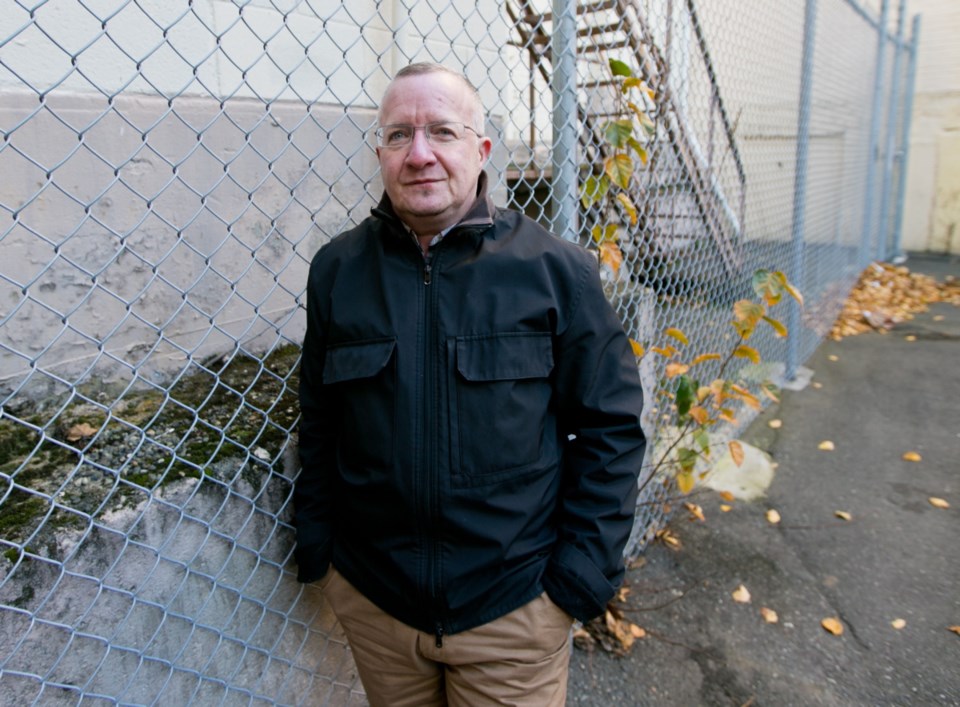Two years after the B.C. Ministry of Health lifted a ban on “gender alignment” surgery to transform females to males, not a single so-called bottom surgery has been funded by the Medical Services Plan.
The ministry says that, even after the province agreed to fund five per year, “no one came forward” for the surgery to construct a penis — something the transgender community finds hard to believe.
When funding was announced in October 2012, there were dozens of people waiting for the complex “phalloplasty” surgery, deemed experimental by the ministry between 2003 and 2012.
“I want to be clear that funding was available, but no one came forward, and again we respect that this is a very personal and significant decision for any individual, and it must be the right one for them,” a Health Ministry spokeswoman said.
That news has caused “profound confusion and disbelief” in the transgender community, said Dara Parker, executive director of Qmunity, a provincewide resource centre for transgender, gay and lesbian people.
“It is confusing to hear that people have not come forward, as the trans people I speak with are anxiously awaiting notification that they can access life-affirming surgery, and have been told they are far down the waiting list,” she said.
In fact, the waiting list has grown to 96 clients since the province agreed in September to remove the cap of five surgeries per year. Over the same two-year period, 67 male-to-female surgeries were performed at a total cost of about $1 million to MSP.
Those who can’t get the surgery they so desperately want can sink into depression, social isolation and suicidal thoughts, Parker said.
James Gardner, 56, a Victoria radio announcer, knows he’s on the list but not exactly where. He finds it frustrating that no surgeries have been done in the past two years.
“Time is ticking and I feel a need to get on with my life and that’s why this is important,” Gardner said. “There are people in a situation worse off than I am who don’t have the finances or the stamina to stand up to the government.”
He has gone into debt, paying about $25,000 for his own chest-reconfiguration surgery and a less-invasive bottom surgery called metoidioplasty.
Gardner, who wants to live fully as a man, needs more surgery that he would like to be covered by MSP. “I want to see this thing through.”
An MSP director sent Gardner an email saying that she could not give him a specific number as to his placement on the list of “interested Medical Services Plan beneficiaries,” since it’s in flux, but assured him he will be contacted when his name comes up.
Since the cap on surgeries was lifted, the ministry has begun communicating with individuals, asking them if they want to pursue surgery, the health spokeswoman said.
Gender-reassignment surgeries are complex and usually performed in Montreal, and surgical waitlists are managed by surgeons in that city, she said.
“We are working to ensure that those who have been waiting the longest are offered the procedure first,” she added. “Up until this point, none of these clients has chosen to receive the treatment. We respect that this is a very personal and significant decision for any individual, and it must be the right one for them.”



